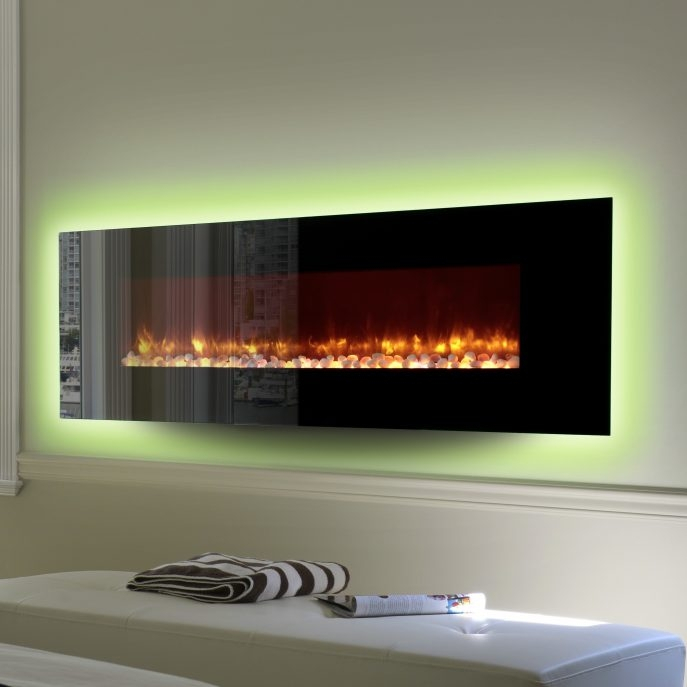 Having a fireplace in the house is a great way to provide heat and create a relaxing atmosphere. The concern is what if your fireplace is old and/or non-operational. In this case, consider installing a fireplace insert can be the solution and it has several benefits. Firstly, it will produce more heat than an open flame. Secondly, it will also save money on the heating bill. Last but not least, it’s also 65% more efficient than traditional wood-burning fireplaces. Finally, an insert will also help protect the house from fire damage caused by sparks and smoke in the chimney.
Having a fireplace in the house is a great way to provide heat and create a relaxing atmosphere. The concern is what if your fireplace is old and/or non-operational. In this case, consider installing a fireplace insert can be the solution and it has several benefits. Firstly, it will produce more heat than an open flame. Secondly, it will also save money on the heating bill. Last but not least, it’s also 65% more efficient than traditional wood-burning fireplaces. Finally, an insert will also help protect the house from fire damage caused by sparks and smoke in the chimney.
A fireplace insert is found by a coal miner in Pennsylvania named Joab R. Donaldson in 1896. That time, Donaldson was looking for a way for low-income families to heat their homes with the fuel they could dig up in their own backyards. He has patented the idea of using smokeless fuel made by certain types of coal. In addition to that, he also incorporated an electric blower to provide more efficient heat.
A fireplace inserts itself is simply a fireproof box that creates a closed combustion system. This allows less heat to escape through the chimney and provides more heat in the room than traditional fireplaces. The insert is surrounded by cast iron or steel and has a front made of insulated glass. Inserts can be fueled by gas, propane, electricity, wood, coal, or pellets. Gas and electric inserts are most common in homes today because they are easy to operate. For gas and electric inserts, all that’s needed to get the fire started and enjoy the comfort and warmth of the fire is a simple push of the button. Some of the more modern inserts may even come with a remote or use smart technology.
Installing a Fireplace
Installing a fireplace insert in an existing fireplace hearth is quite simple.
- Set a piece of flat, heavy cardboard on the hearth in the front and center of the fireplace. Place the fireplace insert on the cardboard and slide the insert to the fireplace rear wall.
- Take the chalk and mark lines along the sides and top of the insert in line with the sides and front of the fireplace opening.
- Slide the insert back out far enough to access the pre-drilled holes in the insert. Fasten the top panel of the insert with the screws provided, but do not tighten them all the way.
- Adjust the panel in position so that the panel covers the chalk line, and tighten the panel screws.
- Install the two side panels in the same fashion.
- Seal the seams between the side and top panels with chimney caulk. Also, caulk all the joints between each extender panel and the insert.
- Insulation strips are attached to the back of the panel. Slide the fireplace insert back into the hearth until the extender panels sit flat against the front of the hearth opening.
It is essential to consider which kind of insert to use. A gas insert will produce more heat than an electric insert, which can help save even more money. An electric insert, however, will be easier to install since there will be no added pipe. Also, with an electric insert, there is no need to worry about gas fumes escaping.
The price of buying a fireplace insert is typically below $2,000, which can simply pay for itself in the long run, particularly during cold winter months. Have the chimney inspected by a professional to guarantee it’s sufficient for operating and venting and that there are no building codes violated. This inspection will also complement to the upfront cost of installing a fireplace insert.



